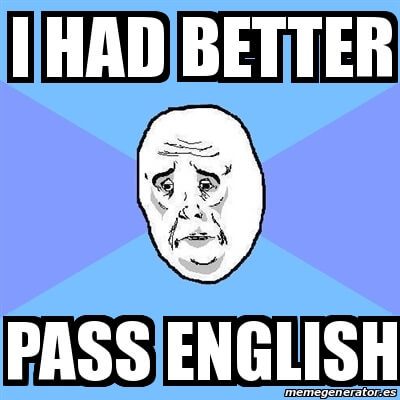
Usamos “had better” más el infinitivo sin “to” para dar consejos. Aunque “had” es la forma pasada de “have”, usamos “had better”para dar consejos sobre el presente o el futuro.
Ejemplos:
- You’d better tell him everything.
- I’d better get back to work.
- We’d better meet later.
La forma negativa es “had better not”.
Ejemplos:
- You’d better not say anything.
- I’d better not come.
- We’d better not miss the start of his presentation.
Utilizamos “had better” para dar consejos sobre situaciones específicas, no generales. Si lo que quieres es hablar sobre situaciones que se dan de forma general lo que hay que utilizar es el erbo modal “should”.
Ejemplos:
- You should brush your teeth before you go to bed.
- I shouldn’t listen to negative people.
- He should dress more appropriately for the wedding.
Cuando damos consejos sobre situaciones específicas, es posible usar también el verbo modal “should”.
Ejemplos:
- You shouldn’t say anything.
- I should get back to work.
- We should meet later.
Sin embargo, cuando usamos “had better” se sugiere que si no se siguen los consejos, algo malo sucederá.
Ejemplos:
- You’d better do what I say or you will get into trouble.
- I’d better get back to work or my boss will be angry with me.
- We’d better get to the airport by nine or we may miss the flight.




Fuentes: EnglishGrammarSecrets , Wordreference y Cambridge.